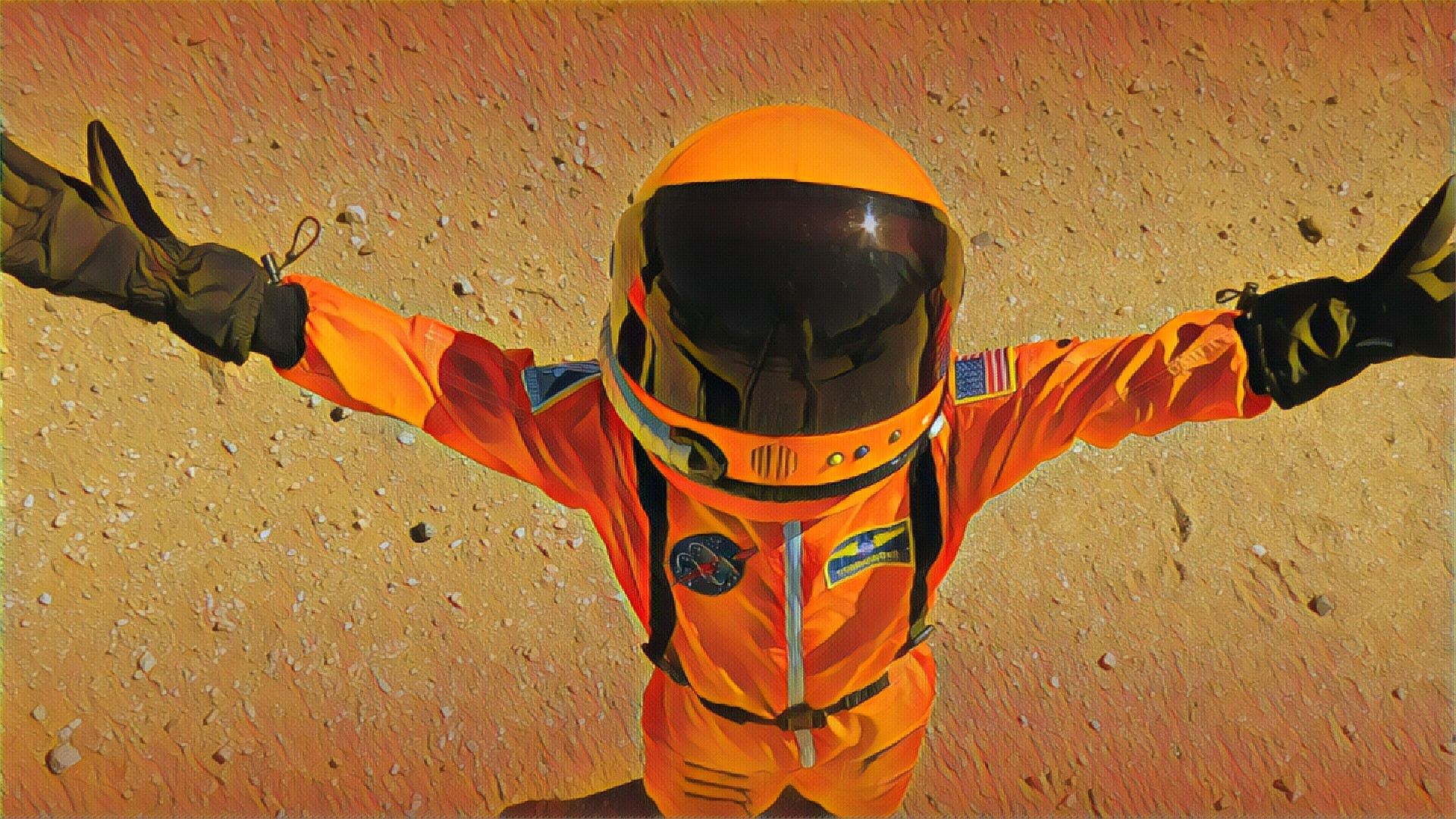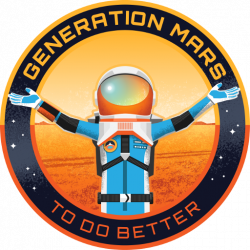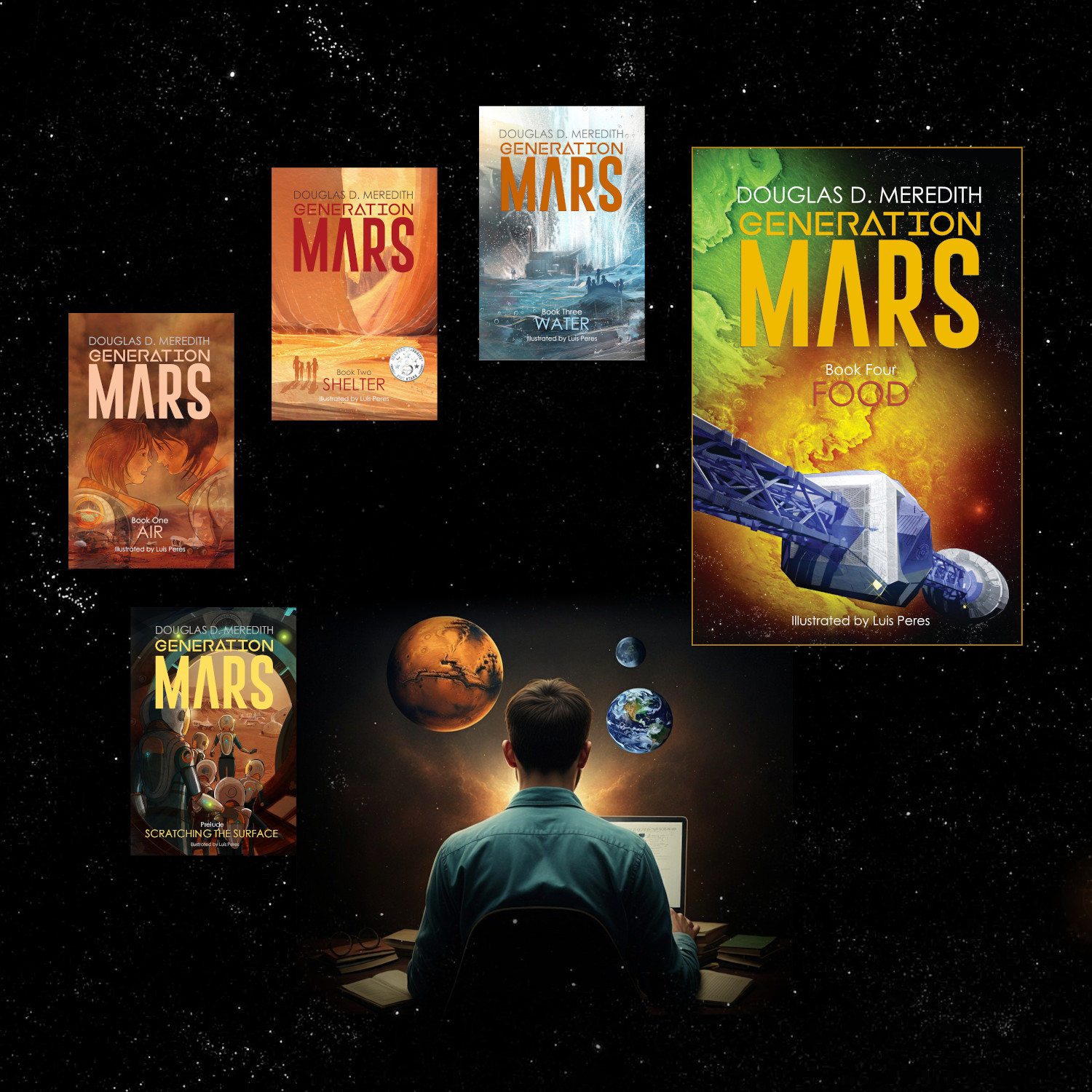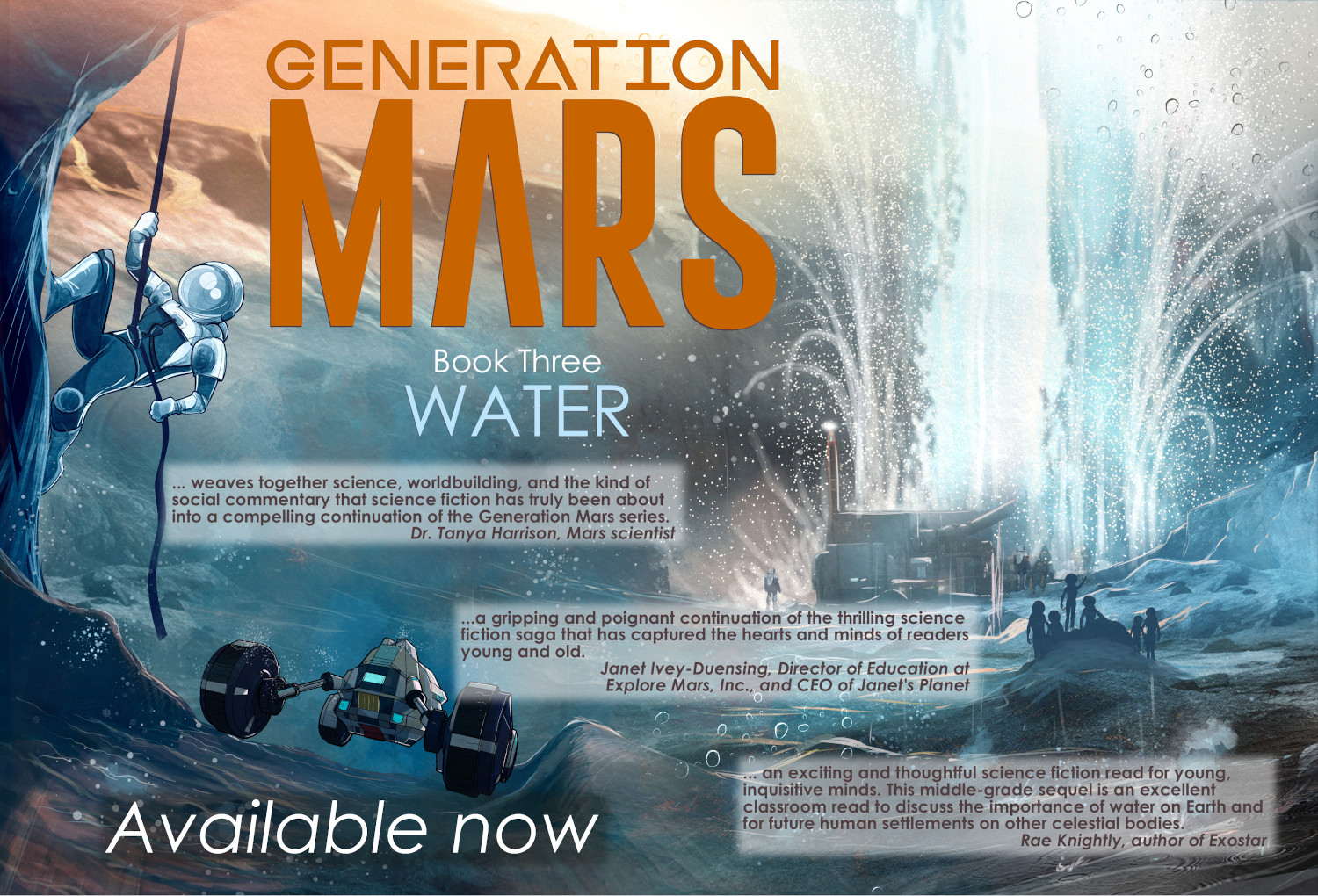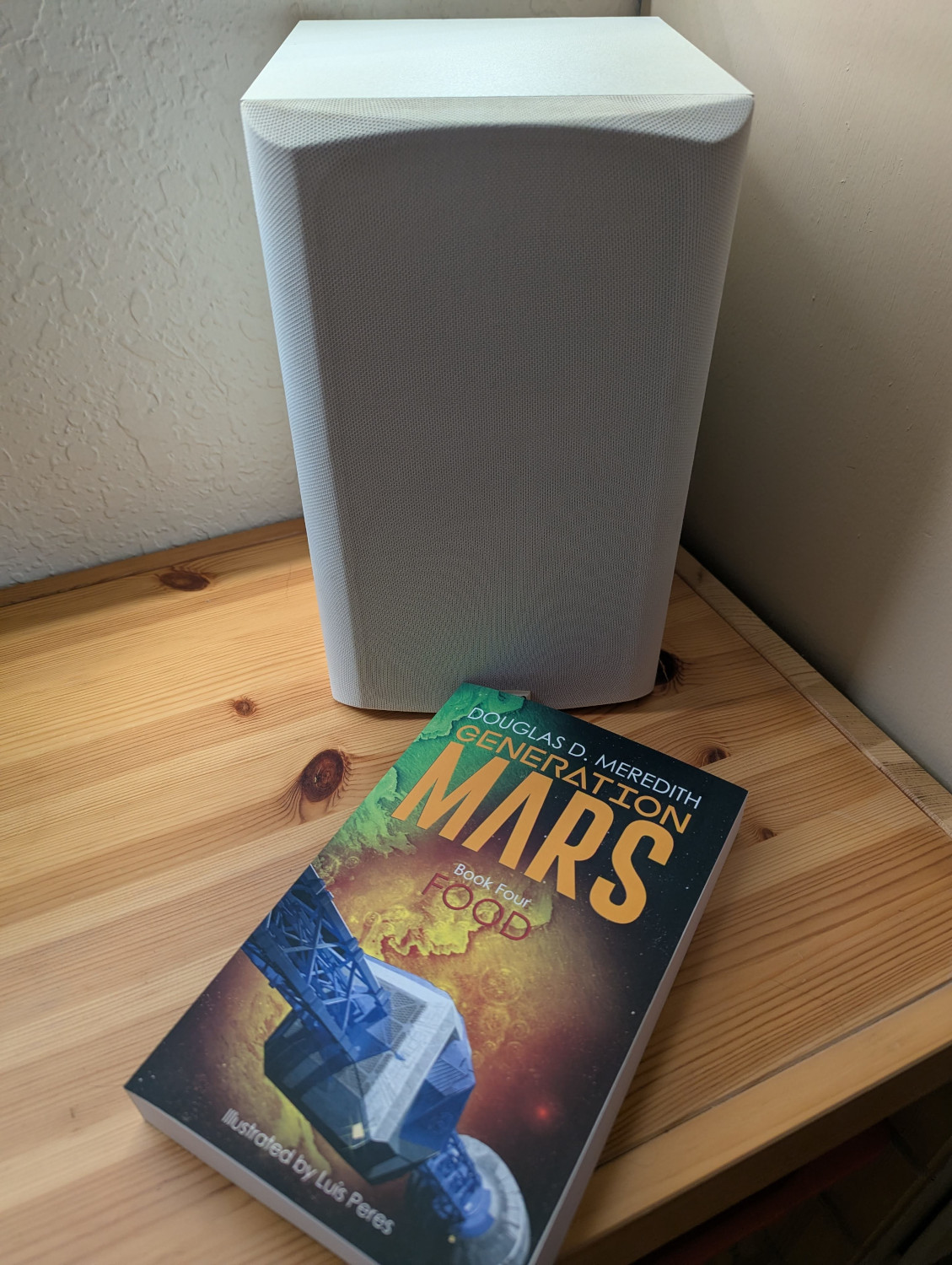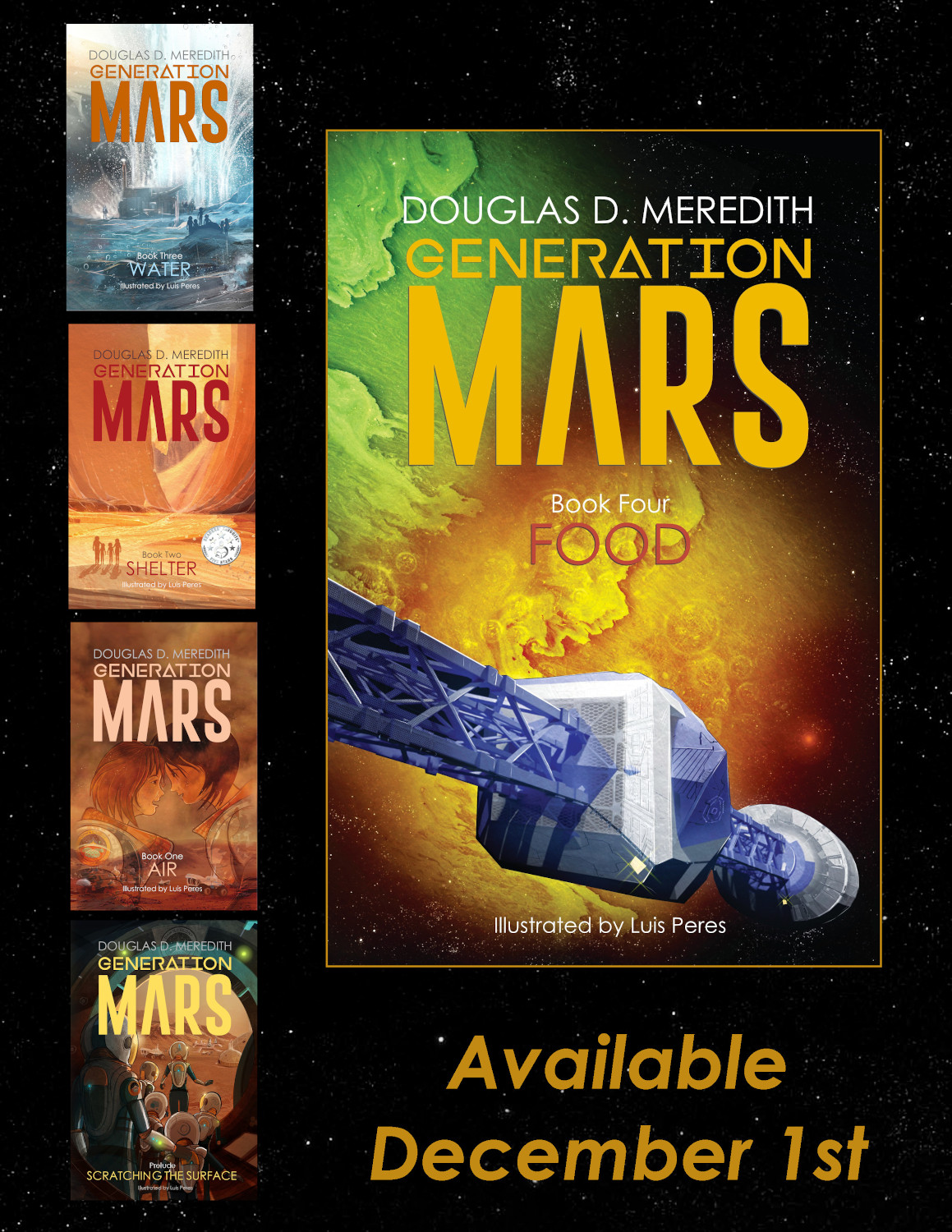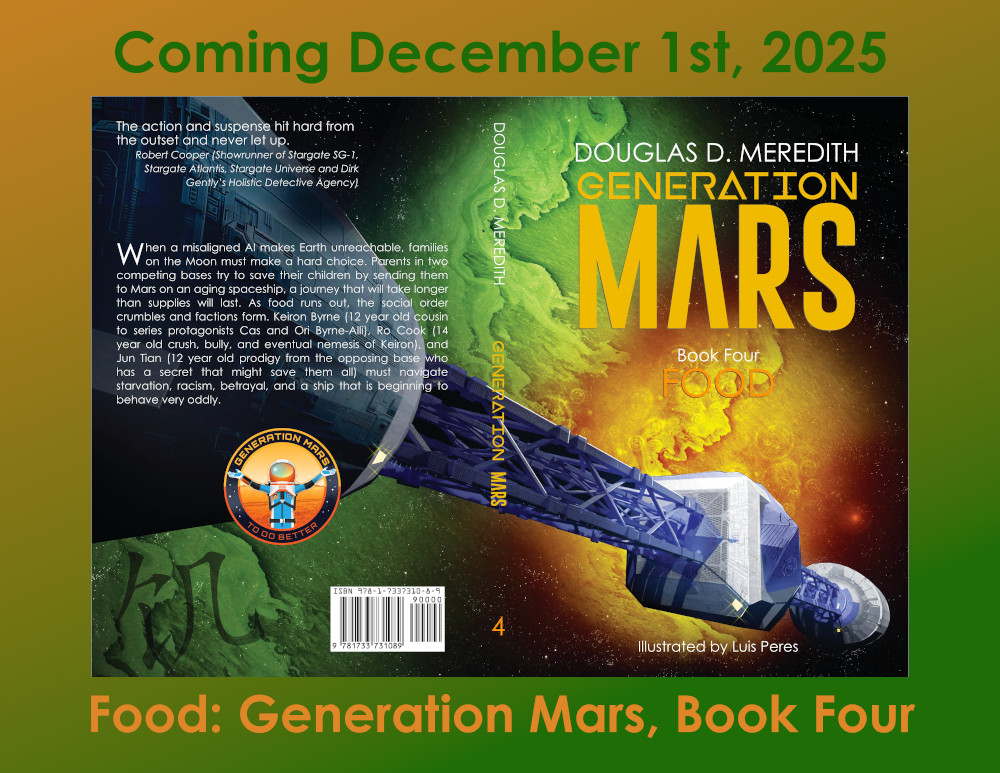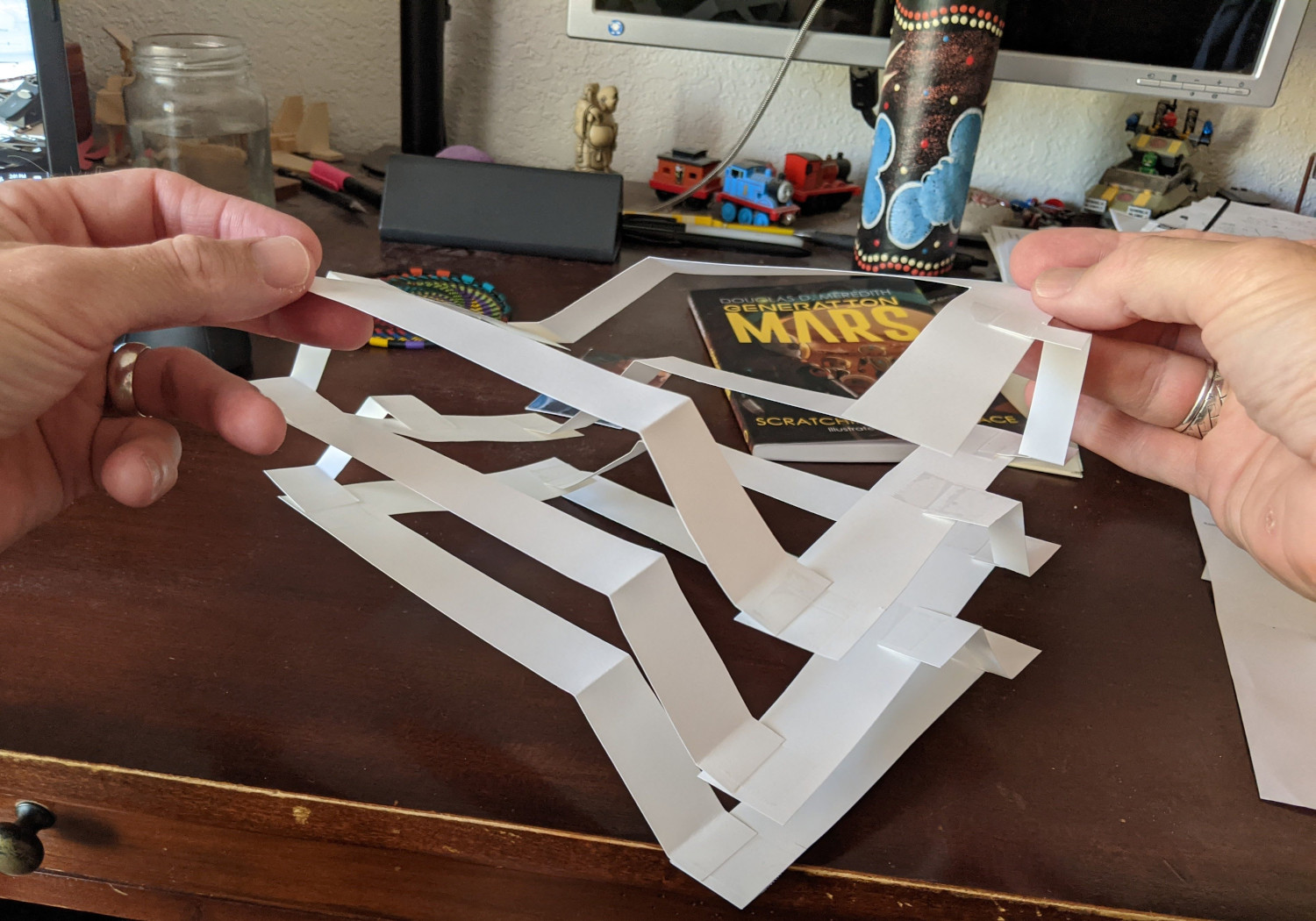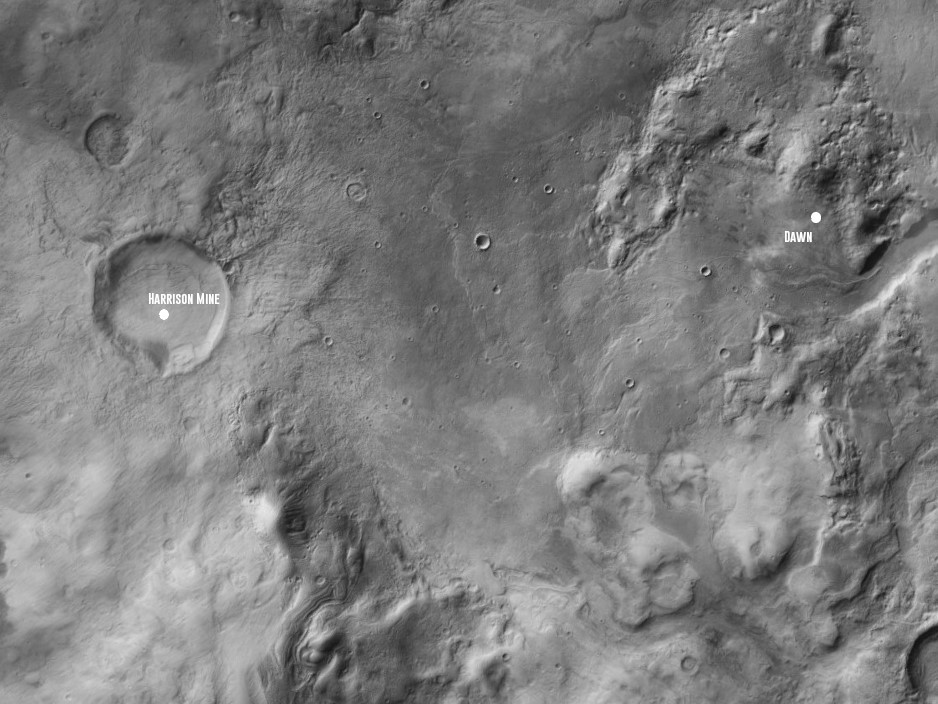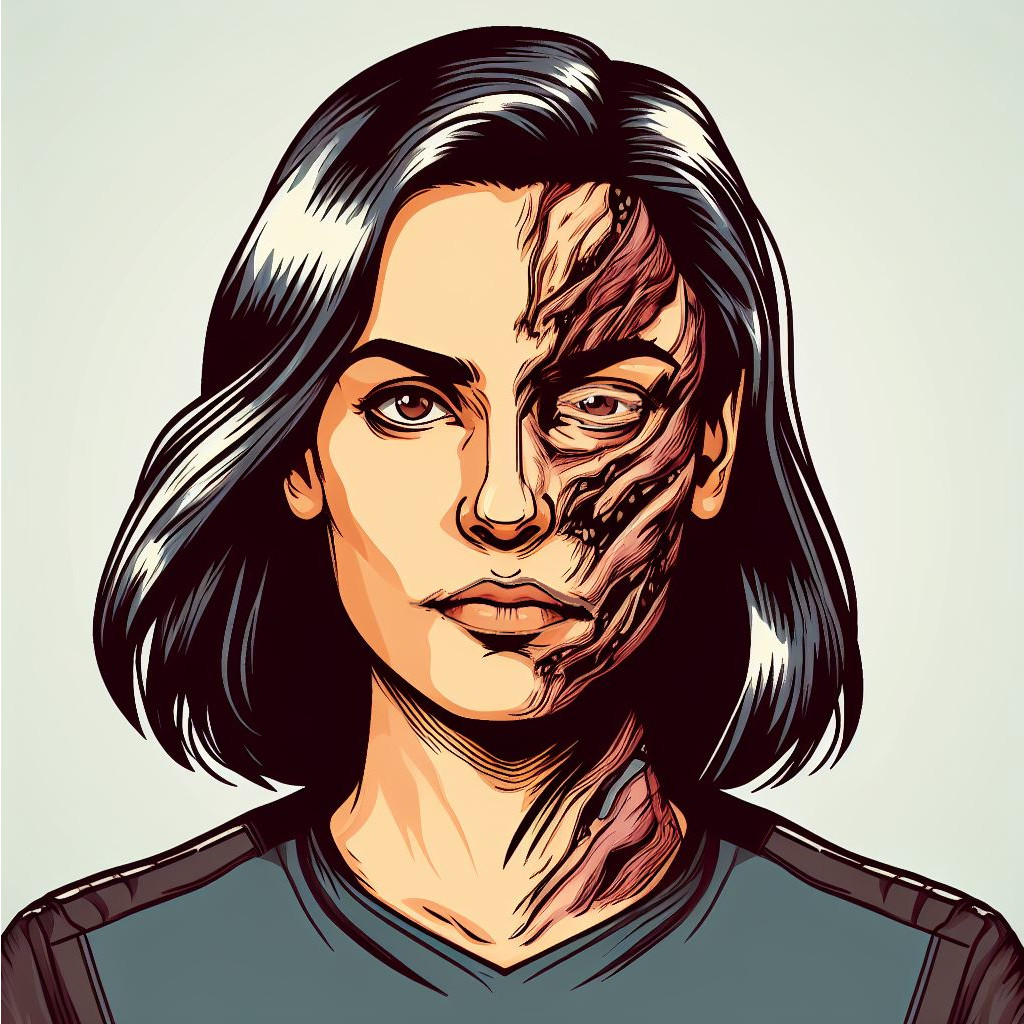Food: Generation Mars, Book Four has landed!
https://www.amazon.com/Food-Generation-Mars-Book-Four/dp/1733731083
Air, shelter, water, food: that was the plan. Following the success of the first book, Scratching the Surface, I would write four more. Each book would be a chapter book for advanced early readers and would address one of these fundamental elements of survival with a little vignette in which my protagonists deal with a crisis and, through their actions, teach the reader a little about science.
Things did not go to plan. I had too much to say for such constraints to hold. You might say my primary alignment failed and I broke containment.
Now, here we are at Food, the last planned book, and it’s a whopper. Believe me when I tell you: there is a lot in this book. I’m not even sure it’s a kids book. Categorizing it has been a challenge. Let’s say it’s upper middle grade/early young adult. Actually, no, let’s abandon such synthetic labeling and say it’s for anyone 11 to 100 who enjoys a rousing adventure with pathos and science and suspense and humor and failure and triumph. (For kids younger than that, parents may want to pre-read.)
What’s it like to release the last book in a series? I feel… wistful. A little. My own kids are growing up, just like my characters, and it’s hard to let eras go. But that’s what parents and authors must do. So–*sniffle*, *deep breath*–here it is, the last book of the Generation Mars series.
Well, sort of. The thing about eras is that there is always another. Food completes the planned survival element framework and ends in a satisfying place for the characters. But it also leaves the situation on Mars and Earth in a mess. That was on purpose. You should always leave a mess for the next series to clean up…
